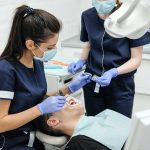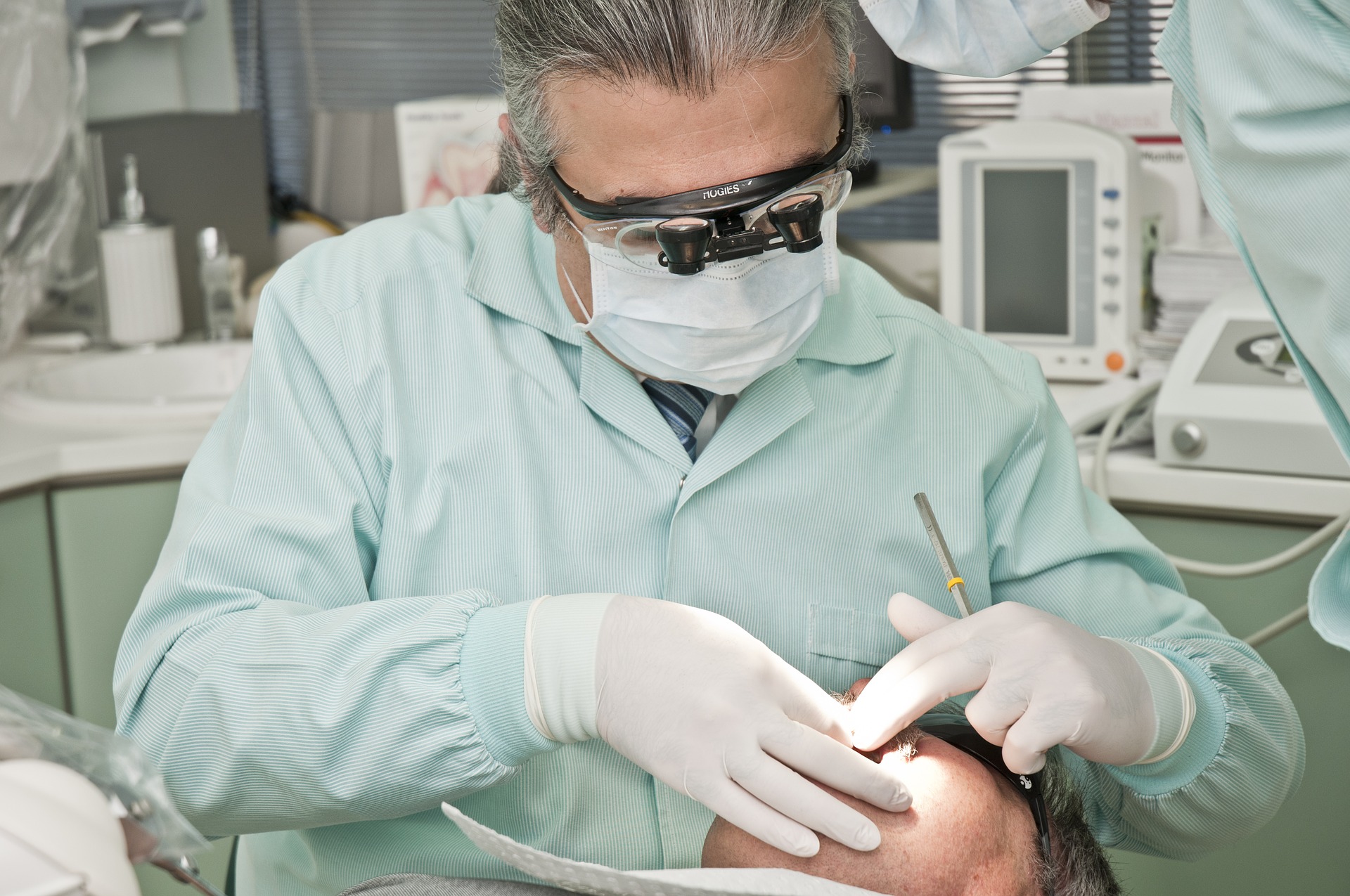The Invisible Solution for Gaps, Overbites, and Crowding: When Invisalign is the Best Option | Advanced Orthodontics Bellevue
Welcome back to the blog! I’m your resident orthodontist, and for the last 15 years, I’ve been helping people in our community achieve the smiles they’ve always wanted. If you’re one of the millions of adults considering orthodontic treatment, you’ve likely come across healthy gums.
It’s often touted as the clear, comfortable, and convenient alternative to metal braces. But is it just a cosmetic fix? Absolutely not. While the aesthetic appeal is undeniable, modern clear aligners is a powerful and precise tool for correcting complex malocclusions—the technical term for bite problems.
So, when is Invisalign not just an option, but truly the best option for your smile correction? Let’s dive into the three most common issues we successfully treat with these clear aligners.
The Gap Problem: Diastema Closure
A diastema—or a gap between your teeth—is a very common concern. While some patients embrace their space, others seek to close it for cosmetic or functional reasons. In the past, closing large gaps often required the torque and fixed nature of traditional braces.
Today, Invisalign provides an incredibly efficient and aesthetically pleasing solution.
Why Invisalign is Best for Gaps:
- Precise Force: The computer-aided planning for your Invisalign journey maps out the movement of every tooth down to a fraction of a millimeter. This allows us to predict the exact closing movement without unwanted flaring or tilting.
- Aesthetics During Treatment: If you’re correcting a prominent front gap, the last thing you want is a large metal bracket drawing more attention to the area. Invisalign allows you to close that gap with virtually Invisalign, keeping your confidence high throughout the process.
The Space Problem: Dental Crowding
Dental crowding is perhaps the most common reason people seek. Crowding occurs when you simply don’t have enough space in your jaw to comfortably fit all your teeth. This isn’t just a cosmetic issue; it’s a major hygiene problem. Overlapped and rotated teeth are difficult to brush and floss, leading to an increased risk of cavities, gum disease, and plaque buildup.
Why Invisalign is Best for Crowding:
- Sequential Movement: The treatment is delivered via a series of aligners, each one programmed to create a small amount of movement. This controlled, sequential process allows us to gradually widen the arch and create space, often eliminating the need for extensive tooth removal.
- Optimal Hygiene: Unlike traditional braces, which create numerous tiny surfaces for food to stick, Invisalign aligners are removable. You can take them out to brush and floss normally, ensuring you maintain and teeth while your crowding is being fixed. This is a huge, game-changing advantage for patients concerned about maintaining top-notch oral hygiene.
The Bite Problem: Overbites (Deep Bites)
An overbite, or deep bite, is when your upper front teeth excessively overlap your lower front teeth when your back teeth are together. This can cause significant issues, including wear on the lower teeth, gum irritation, and jaw pain. Correcting this requires complex, vertical tooth movement.
For years, metal braces with elastics were the only reliable way to address this. Now, have caught up.
Why Invisalign is Best for Overbites:
- Precision Attachments: The aligners work in conjunction with small, tooth-colored “attachments” that we bond to certain teeth. These small bumps act as grips, giving the aligner the necessary leverage to intrude (push down) the front teeth and/or extrude (pull up) the back teeth. This combination is essential for correcting a deep bite.
- Patient Comfort: Brackets on the lower teeth can sometimes hit the upper teeth, causing discomfort for deep bite patients. Invisalign’s smooth plastic covers the biting surfaces, often providing a much more comfortable experience while actively correcting the bite.
Getting Started: Finding Your Best Option
Invisalign isn’t the right fit for every single clinical case, but its capabilities have grown exponentially over my 15 years of practice. It can effectively treat everything from minor aesthetic improvements to complex deep bites and significant crowding.
If you’re researching your options, the most crucial first step is a consultation with an expert orthodontist. We use advanced digital scanning and planning software to determine if Invisalign treatment can achieve your smile goals. We’ll show you a digital representation of your end result before you even start wearing your first aligner!





